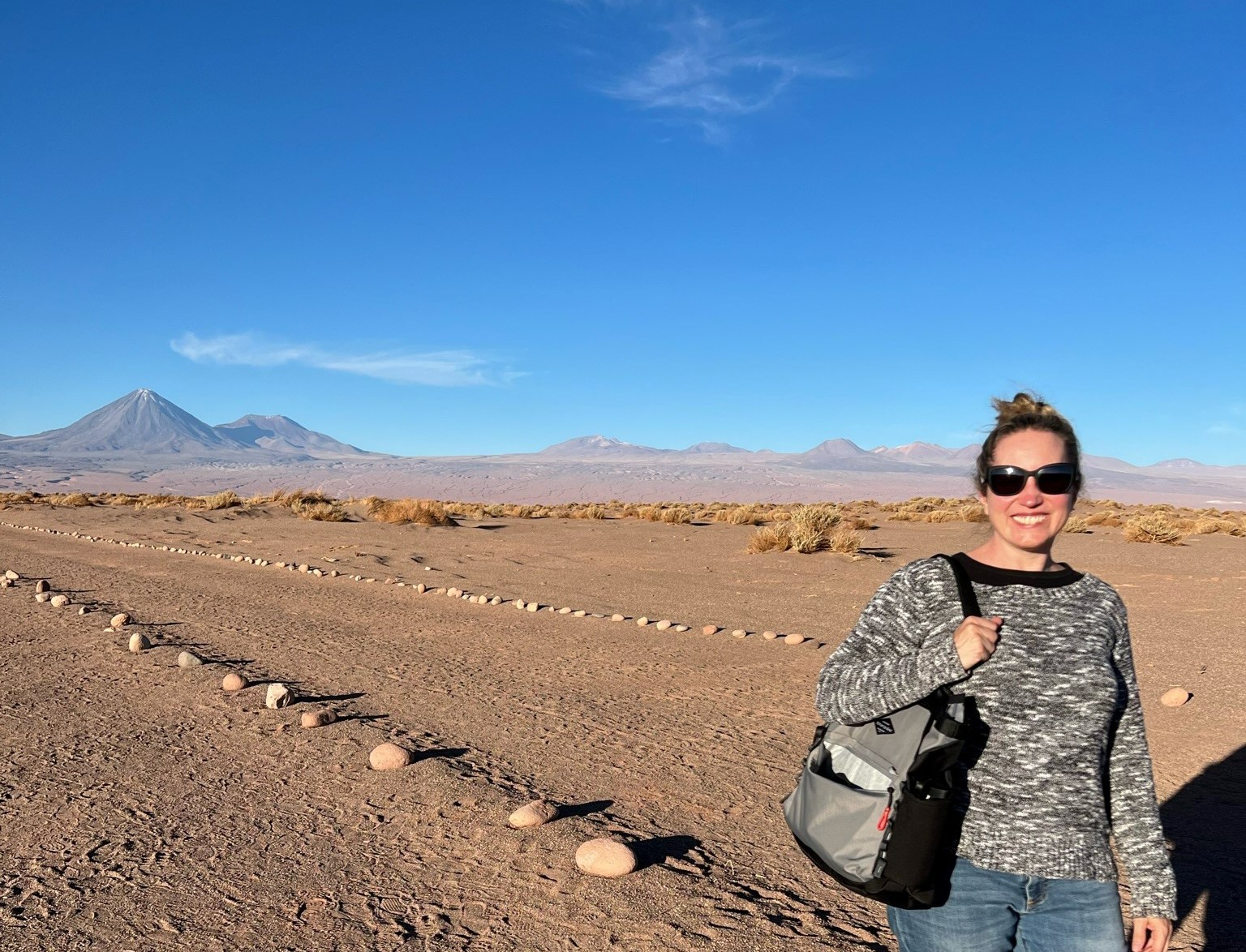
Constructing Childhood in the Ancient Andes
In this project, bioarchaeological and biogeochemical data from archaeological human remains at Tiwanaku-affiliated sites in the Bolivian Lake Titicaca Basin heartland and the Moquegua Valley hinterland of southern Peru will be used to address questions regarding the complex constructions of several intersecting social identities. While also incorporating gender, class and community identities, we focus particularly on age identities, the experiences of juveniles in the Tiwanaku polity and reconstructions of Andean childhoods.
Project Details
In the pre-Hispanic Andes, as in many regions, there is a tension between the relative importance of state and local communities in the formation of various social identities. To better understand state-level organization in the Andes and its impact on lived experiences in the past, we test models of pluralism versus centralized control in the Middle Horizon (ca. AD 500-1100) Tiwanaku polity of the South Central Andes. Bioarchaeological and biogeochemical data from archaeological human remains at Tiwanaku-affiliated sites in the Bolivian Lake Titicaca Basin heartland and the Moquegua Valley hinterland of southern Peru will be used to address questions regarding the complex constructions of several intersecting social identities.
While also incorporating gender, class and community identities, we focus particularly on age identities, the experiences of juveniles in the Tiwanaku polity and reconstructions of Andean childhoods. We contextualize our discussions of cultural constructions of Andean childhoods through the theoretical framework of “local biologies,” which combine culturally specific beliefs and local physical, social and cultural environments, and examine how these intersecting environments are embodied in children. Major research questions include:
- What was the role of the Tiwanaku polity in socialization and the formation and maintenance of social identities during the Andean Middle Horizon?
- How were age identities and childhood constructed in different types of Tiwanaku-affiliated settlements? How did childrearing practices vary with community type within the Tiwanaku polity?
- How are age identities and the experience of childhood shaped by social identities, such as class and gender, within and across Tiwanaku communities?
- Does gender identity transcend class and community identities within the Tiwanaku polity?
- How do local biologies affect the formation and maintenance of social identities, including the formation of age and gender identities in juveniles?
Partners: University of Vermont | Centro de Investigaciones Arqueologicas y Administracion de Tiwanaku
Research Team
- Kelly Knudson, Arizona State University
- Deborah Blom, University of Vermont
- Alexandra Greenwald, University of Utah
- Allisen Dahlstedt, Arizona State University
- Marcos de la Rosa-Martinez, Arizona State University
Funding
National Science Foundation
BCS-0202329, SBR-9708001
Outcomes
Kelly J. Knudson, Marcos de la Rosa-Martinez, Alexandra Greenwald, and Deborah E. Blom, “Paleodiet Outside of the Tiwanaku Heartland: Isotopic Analysis of Individuals Buried at Tiwanaku-Affiliated Sites in the Moquegua Valley, Peru.” In Foodways of the Ancient Andes: Transforming Diet, Cuisine, and Society, edited by Marta P. Alfonso-Durruty and Deborah E. Blom, and part of the Amerind Seminar Program. University of Arizona Press: Tuscon, AZ, pages 133-157. (2023)
Allisen C. Dahlstedt, Emily E. Schach, Sarah I. Baitzel, and Kelly J. Knudson. “Stable Oxygen and Radiogenic Strontium Variability in the Osmore Drainage, Peru: Implications for Intra-Regional Andean Paleomobility Studies.” Journal of Archaeological Science: Reports 37: e10293. (2021)
Deborah E. Blom and Kelly J. Knudson, “Paleopathology and Children in the Andes: Local/Situated Biologies and Future Directions”. In Paleopathology of Andean South America: 20 Years of Advances and Future Prospects, a special section edited by Melissa S. Murphy, Haagen J. Klaus, and J. Marla Toyne in the International Journal of Paleopathology 29: 65-75. (2020)
Andrew Somerville, Paul S. Goldstein, Sarah I. Baitzel, Karin Bruwellheide, Allisen Dahlstedt, Kelly J. Knudson, and Margaret J. Schoeninger, “Diet and Gender in the Tiwanaku Colonies: Stable Isotope Analysis of Human Bone Collagen and Apatite from Moquegua, Peru.” American Journal of Physical Anthropology (2015).
Kelly J. Knudson, Paul S. Goldstein, Allisen Dahlstedt, Andrew Somerville, and Margaret J. Schoeninger. "Paleomobility in the Tiwanaku Diaspora: Biogeochemical Analyses at Rio Muerto, Moquegua, Peru." American Journal of Physical Anthropology (2014).
Deborah E. Blom and Kelly J. Knudson, “Tracing Tiwanaku Childhoods: A Bioarchaeological Study of Age and Identity in Tiwanaku Society.” In Tracing Childhood: Bioarchaeological Investigations of Early Lives in Antiquity, edited by Jennifer L. Thompson, Marta Alfonso-Durruty, and John J. Crandall and published in the series Bioarchaeological Interpretations of the Human Past: Local, Regional, and Global Perspectives, edited by Clark Spencer Larsen. University Press of Florida: Tallahassee, Florida (2014).